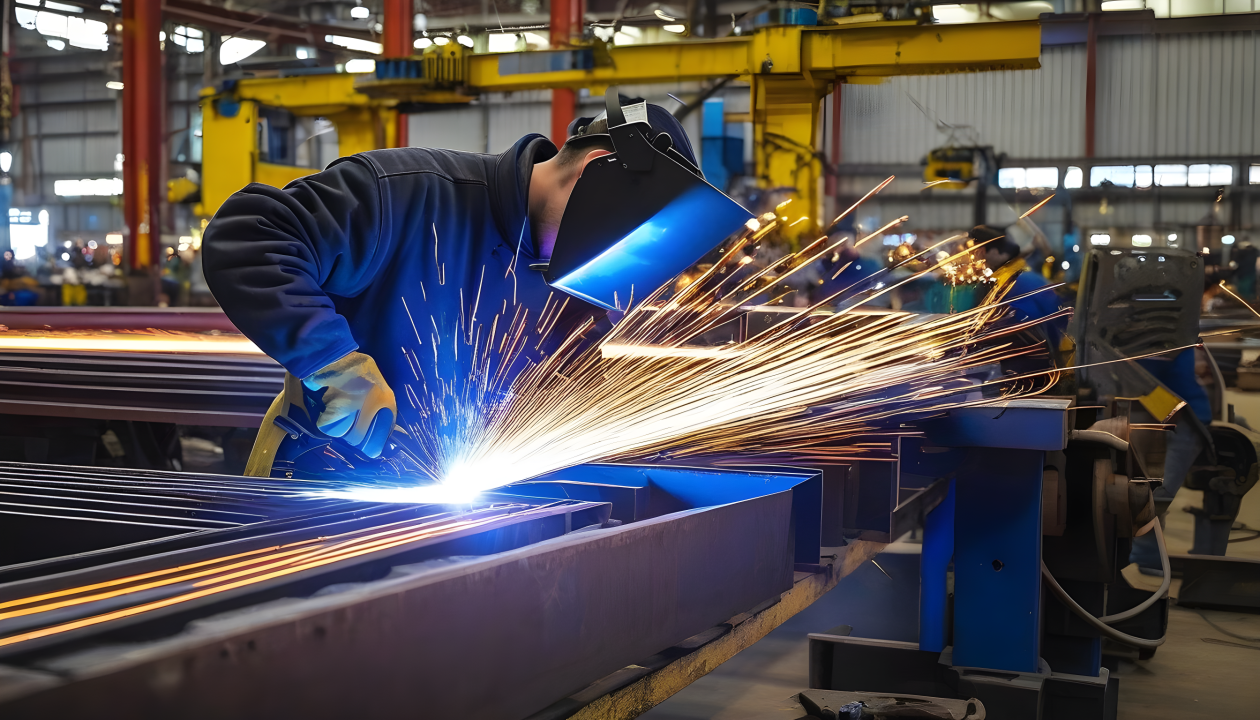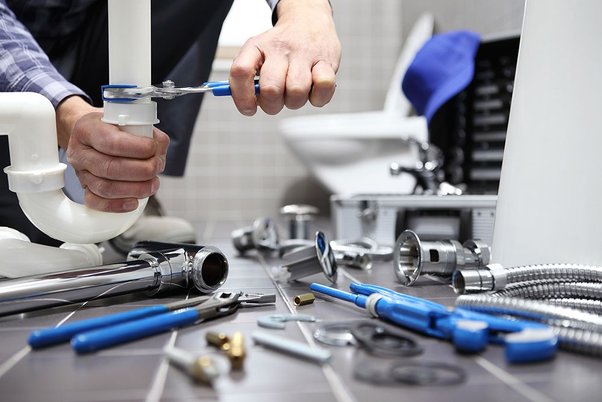Metal fabrication stands as a testament to human ingenuity and technological advancement. From towering skyscrapers to intricate sculptures, metal work permeates every aspect of modern life, shaping our surroundings and pushing the boundaries of creativity. This article delves into the multifaceted domain of metal fabrication, unravelling its processes, applications, and significance.
A Legacy of Innovation
The ancient Egyptians and Mesopotamians pioneered basic techniques of metalworking, harnessing the malleability of copper and bronze to fashion indispensable tools and formidable weapons. Millennia of experimentation and refinement culminated in the transformative advent of iron and steel, propelling humanity into an era of unprecedented progress. This metallurgical evolution heralded significant advancements in warfare, empowering civilizations with stronger, more durable weaponry. Moreover, the widespread adoption of iron and steel revolutionised construction methodologies, facilitating the creation of monumental structures and fortified fortifications. In commerce, the accessibility and versatility of these metals spurred economic growth, facilitating trade and technological innovation across ancient societies.
The Art and Science of Metal Fabrication
Metal work encompasses diverse processes, each serving a specific purpose in shaping raw metal into functional or decorative components. Welding, the most recognizable method, joins metal pieces by applying heat and pressure, creating solid and durable bonds. Cutting techniques, including laser and plasma cutting, allow for the precision shaping of metal sheets and bars, enabling the creation of intricate designs with ease.
They are forming processes such as bending, rolling, and stamping mould metal into desired shapes and dimensions, providing flexibility in design and functionality. Meanwhile, machining operations like milling, drilling, and turning to refine metal surfaces and produce intricate details with remarkable precision. Combined with modern technologies like 3D printing and computer-aided design (CAD), these processes empower fabricators to bring even the most complex concepts to life.
Applications Across Industries
The versatility of metal fabrication finds application across a broad spectrum of industries, ranging from construction and aerospace to automotive and consumer goods. Metal fabrication is pivotal in erecting skyscrapers, bridges, and infrastructure in the construction sector, providing structural support and architectural embellishments. The aerospace industry relies on precision-engineered metal components for aircraft assembly, ensuring safety, efficiency, and performance at altitudes unimaginable to our ancestors.
In the automotive realm, metal fabrication contributes to vehicle manufacturing, shaping chassis, body panels, and engine components with meticulous attention to strength, durability, and aerodynamics. Even consumer goods benefit from metal fabrication, with everyday items such as furniture, appliances, and electronics incorporating metal elements for both functionality and aesthetics.
Innovations Driving Progress
As technology continues to evolve, so too does the metal fabrication field. Advancements in materials science have introduced new alloys and composites with enhanced properties, offering superior strength, corrosion resistance, and lightweight characteristics. Automation and robotics have revolutionised production processes, increasing efficiency, reducing costs, and minimising human error.
Furthermore, sustainable practices and eco-friendly initiatives are reshaping the landscape of metal fabrication, emphasising recycling, waste reduction, and energy efficiency. From eco-conscious materials sourcing to green manufacturing techniques, the industry embraces its role in fostering a more sustainable future.
The Future of Metal Fabrication
The future of metal fabrication appears boundless, fueled by innovation, creativity, and technological prowess. As additive manufacturing techniques continue to mature, the barriers to entry for aspiring fabricators diminish, democratising access to metalworking tools and techniques. Customization and personalization will likely emerge as dominant trends as consumers seek bespoke solutions tailored to their unique needs and preferences.
Moreover, integrating artificial intelligence and machine learning promises to revolutionise the design and production processes, optimising efficiency, quality, and reliability. Whether shaping tomorrow’s skylines or crafting bespoke artworks, metal fabrication will remain a cornerstone of human achievement, bridging the realms of artistry and engineering in pursuit of endless possibilities.











Leave a Reply
You must be logged in to post a comment.